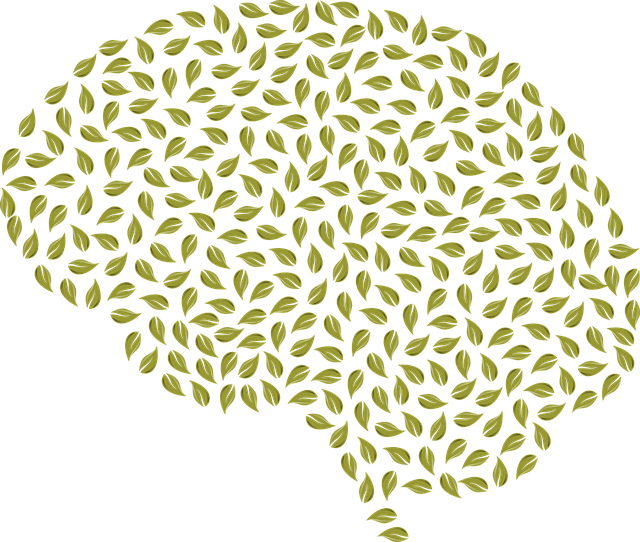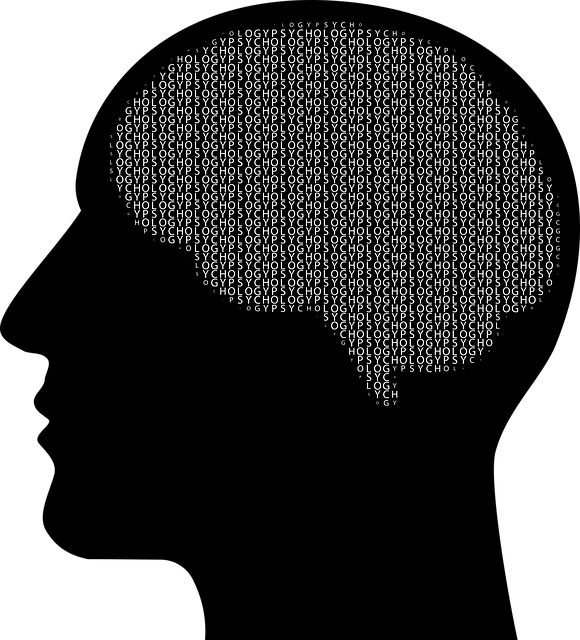Community outreach programs in Castle Rock, focusing on integrating burnout prevention, mind over matter principles, and understanding specific therapy needs for individuals with Castle Rock Adjustment Disorder, play a vital role in bridging healthcare access gaps. These initiatives empower community members through workshops, counseling, and resilience-building, fostering an inclusive environment. Key strategies include self-care routine development, provider burnout support, compassion cultivation, strategic planning, cultural sensitivity, and evidence-based practices like Anxiety Relief and Social Skills Training. Measuring success through KPIs like participation rates, client feedback, and behavioral changes ensures sustainability, leading to improved mental well-being and resilience in the community.
Community outreach programs play a pivotal role in addressing mental health disparities, especially in underserved areas like Castle Rock. This article explores the multifaceted implementation process of such initiatives, focusing on Castle Rock Adjustment Disorder Therapy (CRADT). We delve into understanding CRADT communities’ unique needs, crafting engaging strategies, managing logistics, and ensuring long-term sustainability. By examining these key aspects, we aim to highlight effective practices for successful CRADT outreach programs.
- Understanding Community Outreach Programs and Their Impact
- Identifying the Needs of Castle Rock Adjustment Disorder Therapy Communities
- Developing Effective Strategies for Community Engagement
- Implementing Program Logistics and Overcoming Challenges
- Measuring Success and Long-term Sustainability of Outreach Initiatives
Understanding Community Outreach Programs and Their Impact

Community outreach programs play a pivotal role in fostering connections and enhancing well-being within diverse communities. These initiatives aim to bridge the gap between healthcare services and those who may face barriers to access, such as individuals with Castle Rock Adjustment Disorder Therapy needs. By integrating Burnout Prevention Strategies for Healthcare Providers, these programs not only support the mental health of caregiving professionals but also promote coping skills development among community members.
Incorporating Mind Over Matter Principles into outreach efforts empowers individuals to take charge of their emotional and psychological well-being. Through interactive workshops, group discussions, and personalized counseling sessions, community outreach can help participants build resilience, learn effective coping mechanisms, and navigate challenges with enhanced adaptability. Such interventions contribute significantly to creating a more supportive and inclusive environment, where individuals feel empowered to seek help and embrace positive change.
Identifying the Needs of Castle Rock Adjustment Disorder Therapy Communities

Identifying the specific needs of communities affected by Castle Rock Adjustment Disorder Therapy is a crucial step in developing effective outreach programs. This process involves understanding the unique challenges and barriers that individuals and families facing such disorders often encounter. Many times, these communities may lack access to specialized mental health resources, leading to undiagnosed or untreated conditions. By conducting thorough assessments and listening to the voices of community members, it becomes possible to tailor interventions that promote better mental health outcomes.
One key aspect to focus on is encouraging Self-Care Routine Development for Better Mental Health. Burnout Prevention Strategies for Healthcare Providers can also be adapted to support community members in their journeys. Additionally, incorporating Compassion Cultivation Practices into outreach initiatives may foster a sense of belonging and understanding, addressing social isolation often associated with mental health disorders. These strategies collectively contribute to creating resilient and supportive communities where individuals can thrive.
Developing Effective Strategies for Community Engagement

Engaging a community effectively requires strategic planning and tailored approaches. One key aspect is understanding the unique needs and challenges faced by residents. For instance, in areas like Castle Rock, where adjustment disorder therapy might be prevalent due to high-stress living environments, community outreach programs can play a vital role in promoting mental well-being. By incorporating self-care practices and self-awareness exercises into their strategy, these programs can empower individuals to build inner strength and resilience.
Organizers should foster open communication channels, encouraging two-way dialogue with the community. This involves listening to residents’ concerns, aspirations, and feedback, ensuring that program initiatives align with their needs. By adopting a holistic perspective that integrates self-improvement techniques, these outreach efforts can lead to lasting positive changes in the community’s overall mental health and resilience.
Implementing Program Logistics and Overcoming Challenges

Implementing community outreach programs like Castle Rock Adjustment Disorder Therapy requires meticulous planning and a deep understanding of the local landscape. Program logistics include identifying target communities, securing venues, recruiting volunteers, and aligning with local organizations to ensure accessibility and maximum impact. Success hinges on fostering Inner Strength Development within these communities, addressing not just symptoms but also empowering individuals through Emotional Healing Processes.
Challenges are inevitable, from navigating bureaucratic hurdles to overcoming cultural barriers. For instance, programs like Castle Rock Adjustment Disorder Therapy must be sensitive to the unique needs and concerns of diverse populations. Effective strategies involve community engagement workshops, culturally tailored interventions, and flexible service delivery models. By embracing these approaches, initiatives can surmount challenges, offering Anxiety Relief and promoting mental well-being on a broader scale.
Measuring Success and Long-term Sustainability of Outreach Initiatives

Measuring the success and long-term sustainability of community outreach initiatives is paramount to ensuring their effectiveness and longevity. Key performance indicators (KPIs) such as participation rates, client feedback, and behavioral changes can provide valuable insights into the program’s impact. For instance, tracking improvements in social skills through structured assessments or observing increased attendance at local events can demonstrate the initiative’s reach and benefits.
Moreover, fostering sustainability requires a multifaceted approach. This includes establishing strong community partnerships, securing ongoing funding sources, and developing robust communication strategies to maintain engagement. By integrating evidence-based practices such as Anxiety Relief techniques and Social Skills Training into outreach programs, communities like Castle Rock can address root causes of issues like Adjustment Disorder, fostering long-term mental well-being and resilience among residents.
Community outreach programs, tailored specifically for Castle Rock Adjustment Disorder Therapy, can significantly improve access to mental health services. By identifying local community needs and employing effective engagement strategies, these initiatives foster a sense of belonging and enhance overall well-being. Successful implementation involves meticulous planning, addressing logistical challenges, and tracking measurable outcomes. Ultimately, these outreach efforts aim to create sustainable, supportive communities for those seeking Castle Rock Adjustment Disorder Therapy, ensuring long-term positive impacts.














